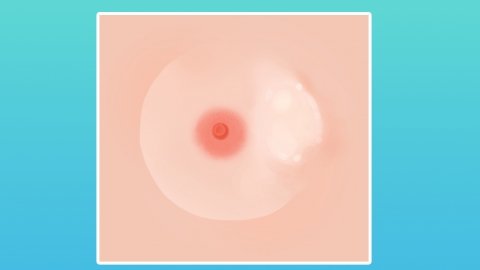What is the difference between "indefinite" and "irregular" morphology of breast nodules?
Generally speaking, the differences between indistinct and irregular breast nodules typically involve aspects such as the degree of shape deviation, clarity of boundaries, probability of malignancy risk, imaging characteristics, and clinical management approaches. A detailed analysis is as follows:

1. Degree of Shape Deviation: "Indistinct shape" refers to a nodule whose form slightly deviates from the normal round or oval shape, but generally maintains a relatively regular outline. "Irregular shape" indicates a significant deviation from the normal morphology, lacking a clear contour, with chaotic and distorted edges, indicating a more pronounced deviation.
2. Boundary Clarity: Nodules with indistinct shapes usually have relatively clear boundaries, distinguishable from surrounding tissues, with only slight local blurring. In contrast, irregular nodules often have unclear boundaries, mixed differentiation from surrounding tissues, and may even show infiltrative features, indicating significantly poorer boundary clarity.
3. Probability of Malignancy Risk: Indistinctly shaped nodules are mostly benign, with a low risk of malignancy, generally categorized as benign lesions. Irregular nodules carry a relatively higher risk of malignancy, requiring high vigilance for potential malignancy during clinical evaluation. Further examinations are necessary to rule out cancerous changes.
4. Imaging Characteristics: On ultrasound or mammography, indistinct nodules typically show relatively uniform internal echoes without significant abnormal features such as obvious calcifications. Irregular nodules often exhibit uneven internal echoes, microcalcifications, abnormal blood flow signals, and other imaging features, indicating higher lesion complexity.
5. Clinical Management Approaches: When indistinct nodules are detected, if other indicators are normal, regular follow-up examinations are often recommended to monitor any changes. When irregular nodules are identified, timely further investigations, such as needle biopsy, are usually required to determine the nature of the lesion and avoid delays in diagnosing malignant conditions.
After detecting breast nodules, it is important to promptly consult a physician with the examination report and integrate other diagnostic results for comprehensive evaluation.








